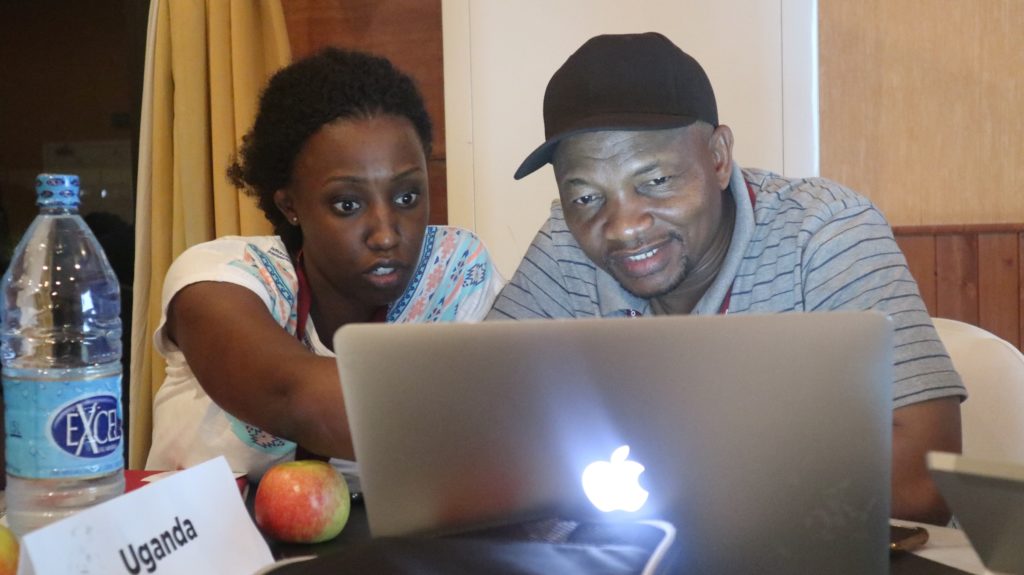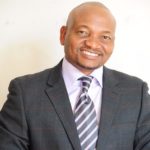Share the post "The wretched of the earth and internet governance: Is multi-stakeholderism and community networks the solution?"

To say I was excited when I received the good news of my acceptance to the seventh edition of the African School on Internet Governance (AfriSIG) would be an understatement. I was really over the moon, as I had tried and had not been so lucky the previous year. Having interacted with colleagues who had attended the school in the previous years and who had gone on to do great and inspiring work within the internet governance sphere, I was determined to give it a second shot when the call came out again this year.
AfriSIG19 has been such an empowering and cutting-edge capacity development opportunity for me. The sessions themselves were intense and highly engaging and delivered by the faculty in innovative and interactive ways. The participants themselves were an awesome and exciting lot! This combination makes AfriSIG one of the most sought-after opportunities on the continent in the internet governance arena. This space is not enough to describe my experience and takeaways from AfriSIG19, as the course is replete with relevant issues like internet governance, institutions, internet architecture and ecosystem, internet infrastructure and access, internet and human rights, cybersecurity, cybercrime, content regulation, and misinformation and disinformation, among others. However, I will endeavour to give a highlight of two issues that are really close to my heart and thus stood out the most for me.
Multistakeholderism as a solution
Not everyone is privileged enough to participate at national, regional, continental and global Internet Governance Forums (IGFs). Participation in these spaces continues to be a preserve for the privileged, connected and well-resourced few, while the marginalised, who constitute the majority impacted by decisions and outcomes from these forums, only hear about them at best. The multistakeholder approach has been viewed as a solution to these challenges, as it brings together various stakeholders including civil society, governments, business, the technical community and others to sit around the table and collectively make decisions with regard to issues of the day like internet governance in this context. So much horse-trading, negotiating and lobbying is involved in making decisions and arriving at shared and agreed positions. This was brought to the fore in a very practical way by the practicum element of AfriSIG. For the whole duration of the school, participants were immersed in a high-level multistakeholder approach to internet governance through simulation. While this aspect of the school stole the participants’ evenings, since they had to work through the dead of the night for most of the evenings, it brought to reality and closer to home how high-level IGFs happen. The faculty and secretariat guided this process with such admirable expertise and aplomb. As the pieces all came together, participants could not help but feel like they were all diverse stakeholders at one of those high-level global IGFs. The principles of teamwork, hard work, participation, collaboration, inclusivity, cooperation, transparency and accountability really were brought to bear in the most concrete and practical of ways.
Access for the unconnected
My experience of the school would be incomplete if I did not talk about the issue that is very close to my heart: grassroots initiatives for the marginalised and by the marginalised themselves. While internet penetration is happening at a very fast rate globally, the marginalised majority on the African continent constitute the bigger chunk of the unconnected billion. However, they have not been moaning and groaning about their fate helplessly. There are encouraging and inspiring initiatives that involve the “wretched of the earth” connecting themselves through community networks. This promises to be a sustainable and grassroots-led solution that is low cost and is replicable on the continent and calls for serious movement building by, with and for those at the base of the pyramid. Best practices from South Africa, Kenya and Uganda abound with stories of human resilience in the face of adversity and emerging challenges when communities pool their meagre resources and work together.
As a grassroots human rights defender and campaigner, AfriSIG19 has come as a much-needed capacity building and networking opportunity where game-changing and cutting-edge solutions and best practice have been shared. It came at a time when the government in Zimbabwe has indicated that it will be licensing community radios soon. Lessons and best practice can be drawn from the community networks model and movement with regard to resource mobilisation and sustainability. There are vast opportunities also when it comes to synergy building, collaboration and resource sharing. Community networks and radios, both being community-led, run and controlled media and new technology initiatives, can leverage available community assets, local philanthropy and social capital to address glaring gaps in terms of resource scarcity, internet access and connectivity as well as sustainability. As I go back home, this is a call I want to escalate. The wretched of the earth have waited for far too long to be connected. Now they are connecting themselves and want to be at the table where internet governance processes are happening. The voice of those at the base of the pyramid matters just like that of those at its apex. A luta continua!
Bio:

Thomas Sithole is executive director of the Zimbabwe Centre for Media and Information Literacy (ZCMIL). He considers himself a fearless campaigner for freedom of expression and communication rights. He is also a Mozilla Open Learning and Leaders alumnus.
